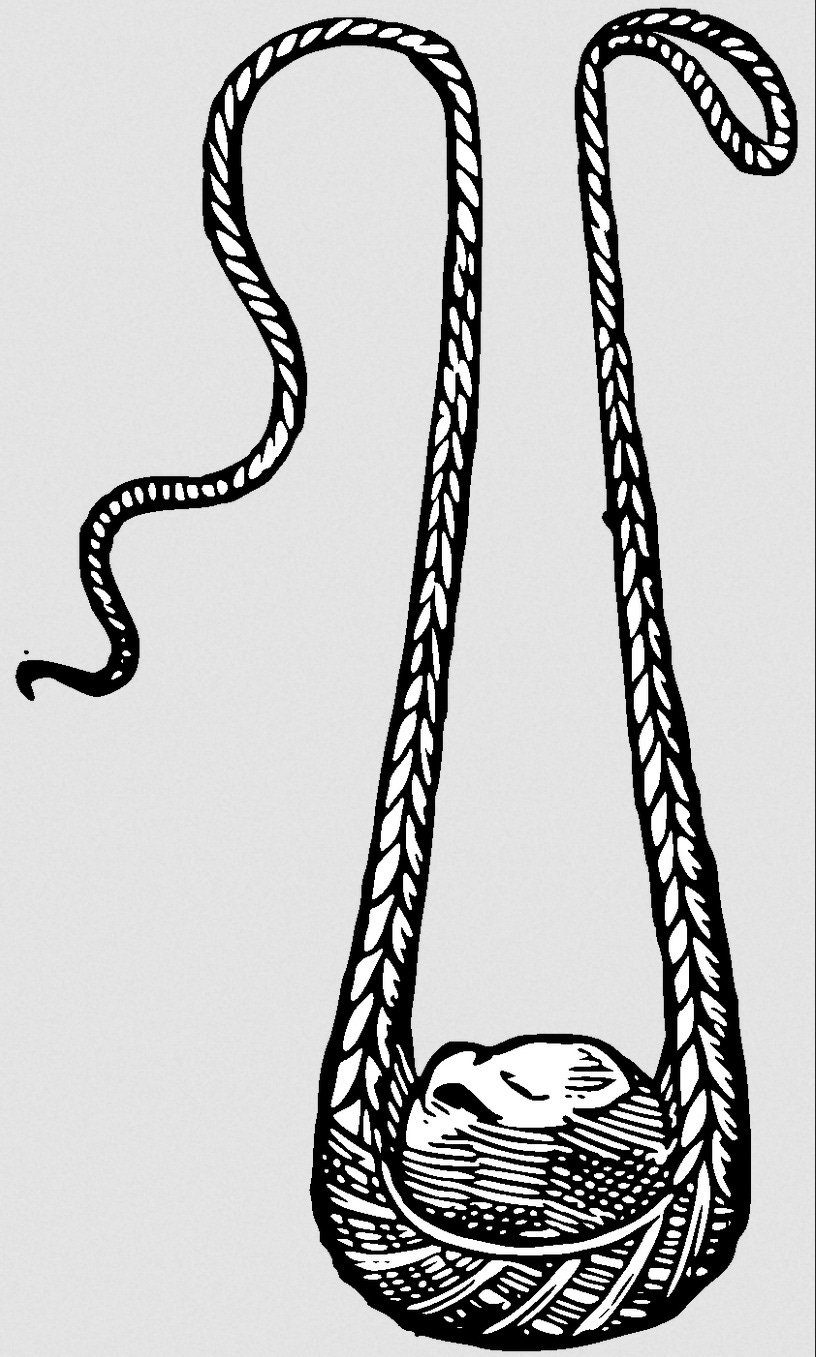Reading the news, one can’t help but notice the saber-rattling toward Iran. Talk in the West gives one the impression that Israel - - along with a few other countries who might be willing to get involved - - can impose their will on Iran. I’m not so sure. It makes me think of another story - - certainly one that every Israeli knows - - David and Goliath.
Found in the Torah [and Old Testament] in 1 Samuel 17, the story tells us how a young shepherd named David defeated the giant warrior Goliath. The fearsome Philistine Goliath challenged the Israelites for 40 days, but no one dared to fight him. He is described as standing 9’9” tall, with equally-impressive, heavy armor, javelin, and shield. Young, small David, armed only with a sling and his faith in God, volunteered to face Goliath: With a single stone, he struck Goliath in the forehead, defeating him.
All of us know the expression, "David and Goliath": It has a secular meaning now, describing how an underdog can face and defeat a stronger adversary, often winning in an unusual or surprising way.
EVERYONE UNDERESTIMATED DAVID & OVERESTIMATED GOLIATH
We can understand how Goliath was overestimated by everyone, both the Israelis and the Philistines. And, in a complementary way, everyone, even David’s own people underestimated David, making the tale even more triumphant.
HISTORY GIVES US A NUMBER OF ANALOGS IN REAL CONFLICTS
Greco-Persian Wars (490-479BC)
Vastly outnumbered Athenian forces defeated the much larger Persian army in the Battle of Marathon, through swift maneuvering and knowledge of the terrain.Vietnam War (1955-1975)
Technologically-superior U.S. underestimated Vietnamese guerrilla tactics, local knowledge, and fighter resilience, contributing to eventual withdrawal.Soviet-Afghan War (1979–1989)
USSR was bled of men and material, faced with fierce resistance from determined Mujahideen fighters with superior knowledge of the rugged, Afghan terrain.Battle of Agincourt (1415)
French underestimated the English longbowmen and muddy terrain, which hindered their heavily armored knights; A crippling defeat of France ensued.American Revolutionary War (1775–1783)
Colonial forces used guerrilla tactics, local knowledge, and alliances (e.g., with France) to outlast the British, securing independence.
WHAT CAUSES THESE FLAWED, OFTEN FATAL, ESTIMATES OF ABILITY?
Overconfidence and Arrogance
Stronger parties often overestimate their own capabilities due to past successes, superior resources, or perceived invincibility. {U.S. military’s confidence in its technological superiority blinded it to the Viet Cong’s guerrilla resilience.}Stereotyping and Misjudgment of Capabilities
Assumptions about an opponent’s appearance, resources, or background can lead to underestimation. {Goliath mocks David’s youth and lack of armor, failing to consider his skill with a sling.}Lack of Intelligence or Information
Incomplete or inaccurate knowledge about an opponent’s strengths, strategies, or environment. {At Agincourt, poor French reconnaissance.} Misreading an opponent’s hidden advantages (like alliances & morale).Cultural or Contextual Ignorance
Failing to understand opponent’s cultural, historical, or environmental context. {British underestimated the colonists’ commitment to independence and ability to leverage local terrain and support.}Underestimating Unconventional Tactics
Stronger forces expect the conventional, overlooking asymmetric or innovative strategies. {David’s use of a sling against Goliath’s sword and armor; Mujahideen guerrilla tactics and U.S.-supplied missiles versus Soviet tanks and helicopters.}Psychological Bias (especially Confirmation Bias)
Decision-makers focus on information that reinforces their belief in an opponent’s weakness while ignoring contradictory evidence. {Persians assumed Greeks would be disunited and overlooked Athens’ strategic preparations.}Failure to Adapt
Stronger parties may cling to rigid strategies, underestimating an opponent’s ability to exploit their weaknesses. {U.S. conventional warfare, underestimating Viet Cong’s ability to adapt with hit-and-run tactics and underground networks.}
LOOKING AT THOSE HISTORICAL FAILURES AND WHAT DROVE THEM ALLOWS US TO HONE IN ON WHAT MATTERS IN A CONFLICT WITH IRAN
AIR DEFENSE SYSTEMS
Are Israel’s advanced air defenses (e.g., Iron Dome, Arrow 3, David’s Sling) as good as believed?
Is Iran relying on older, Russian S-300 systems, or does it have new S-400 radars?PRECISION STRIKE CAPABILITIES
Is Israel’s air force, including US F-35 stealth fighters, as good as believed?
Could Israel underestimate Iran’s Fattah-1 and Kheibar Shekan missiles? And, how good are the Sukhoi-35 fighters Russia has supplied to Iran?TERRAIN
Iranian facilities are very well fortified, defended, and diversified. The new facility at Natanz, for instance, is 80-100 meters underground with layers of reinforced concrete. How many weapons and of what size could do it? How many sorties would this take, and is this even possible?ALLIANCES
Who has more friends willing to help? Who has higher standing in the “court of world opinion”? Which axis is stronger in resolve, IRAN-RUSSIA-CHINA or ISRAEL-USA? Who has more to gain or lose?
YET THESE ANALYSES ARE TOO CONVENTIONAL - - THEY FAIL TO SEE “THE SLING AND STONE”, INSTEAD SEEING ONLY ARMOR, SHIELD, AND JAVELIN
The nature of war has changed in a fundamental way, forever.
The young shepperd David now stands beside a pile of rocks and his skill at striking larger, seamingly-invulnerable, targets grows with every toss of his sling.
ADVANCED, HYPERSONIC MISSILES AND LOW-COST DRONES WILL DETERMINE THE OUTCOME OF ANY ISRAEL VS. IRAN CONFLICT - - AREAS IN WHICH NEITHER ISREAL NOR THE UNITED STATES ARE COMPETENT
Iran, Russia, and China have “Tier 1” experience and capabilites in both low-cost drones and advanced missile technologies. Drone swarm attacks and hypersonic missile technology improve daily. Neither the US nor the Israelis possess these offensive technologies or even the ability to defend against them!
The United States and Isreal, should a conflict erupt, will be throwing an expensive “javelin” at every stone. It simply does not have enough javelins. It doesn’t have the means to make enough new javelins, even if it had the resources to do so.
IN A WAR OF CHEAP, ACCURATELY-THROWN STONES, THE JAVELIN LOSES
With this in mind, I’m optimistic that this war does not erupt. I do not believe that Israel or the United States can afford it. And, I don’t mean only money, $$$$. You see, once the English defeated the French TEN to ONE in the mud at Agincourt, the days of the knight mounted on horseback were numbered.
Can Isreal, can the US, weather a catastrophic, public defeat of its expensive, marvelous, high tech systems? Can it afford to replace the batteries of missles it will launch in vain? What are the optics, to lose, to a locust swarm of inexpensive drones and missiles? I believe they cannot take this loss and will not. Not today.






How do you feel about the way it is panning out?
Although, in the fog of war, it is hard to know what is actually happening
but the lack of air defences on the first night seems off, and there are quite a few things that don't seem to make sense